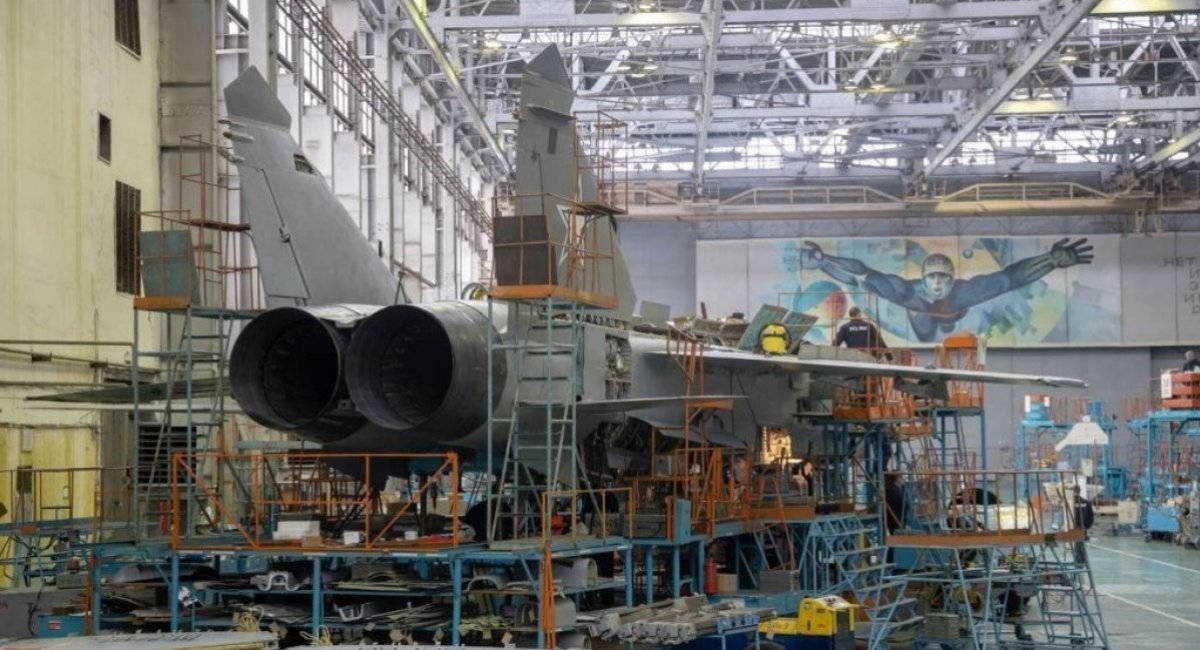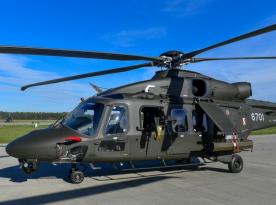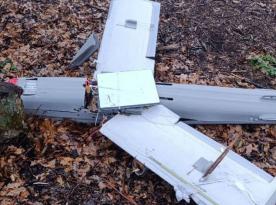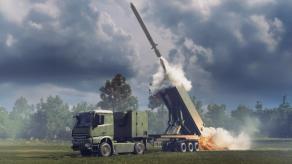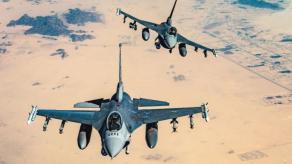According to the General Staff of the Armed Forces of Ukraine, on the night of June 9, 2025, Ukrainian special operations forces, in cooperation with other branches of the Defense Forces, struck the Savasleyka airfield and damaged at least one MiG-31 and one Su-30 or Su-34.
As Defense Express notes, russia is currently incapable of manufacturing new MiG-31K aircraft. Any losses to its existing fleet are therefore particularly significant.
Read more: Why the Tu-128 Interceptor, Precursor of MiG-31, Didn't Stand the Test of Time and Retired in 1990
It is worth noting that since the beginning of the full-scale invasion, russia has tried to expand its MiG-31K fleet. While it reportedly had around 12 of these aircraft at the start of 2022, The Military Balance 2024 suggests the number may have grown to as many as 24.
Additionally, russia has introduced the MiG-31I (where I stands for Ishim) which reportedly differs from the MiG-31K by its ability to automatically reach the launch point for the Kh-47M2 Kinzhal missile. In contrast, the MiG-31K relies on manual operation by its two-person crew.
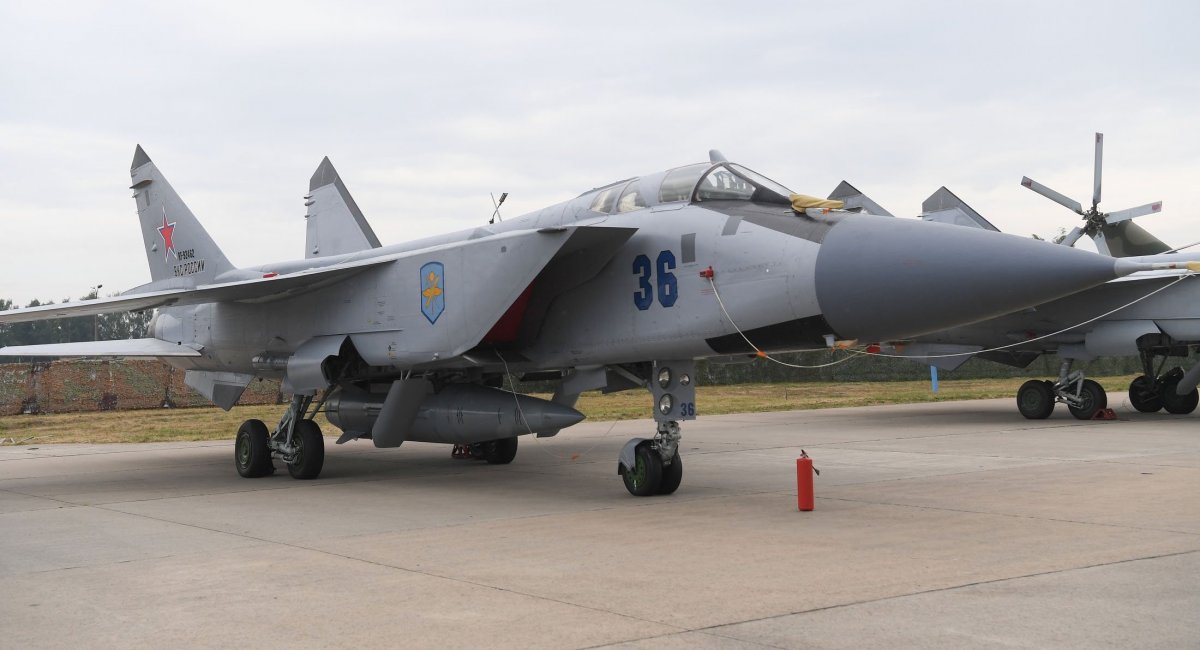
russia may have attempted to increase the fleet of MiG-31K and MiG-31I aircraft by reactivating airframes from storage. As of 2018, there were an estimated 130 to 150 MiG-31s in reserve. However, these stored aircraft most likely served as a source of spare parts to keep the MiG-31B/BM interceptor fleet operational. As of early 2024, approximately 90 interceptors remained in service with the russian Aerospace Forces and another 30 with russian naval aviation.
Serial production of the MiG-31 ended in 1993, with around 500 aircraft built. Today, only about 150 remain in active service. This highlights both the aircraft’s limited service life and the challenges of maintaining such an old platform under russian conditions.
Another critical issue is the D-30F6 engine used by the MiG-31. Its overhaul life is just 300 hours. Although in 2014 russian officials claimed they had a stockpile of engines sufficient for 20 to 30 years, by 2024 they began discussing the need to resume production of the engine altogether.
According to current data from Ukraine’s Defense Intelligence, russia’s defense industry produces approximately 10 to 15 Kinzhal missiles per month and has a stockpile of around 100 missiles.
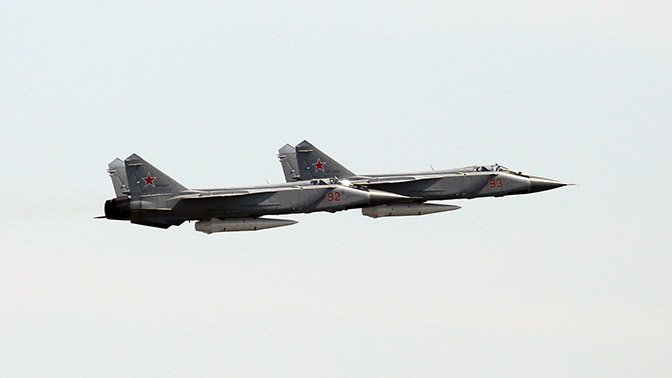
Read more: First Su-34, Now Su-57 is Considered as Carrier For Kinzhal Hypersonic Missile in russia




